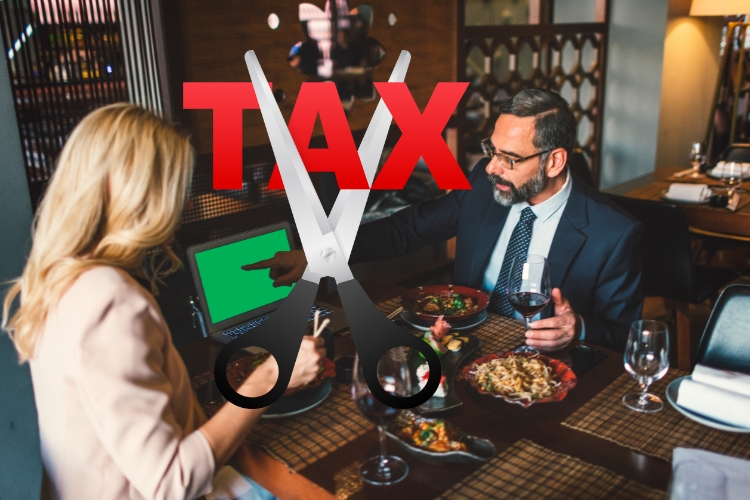As businesses strive to optimize their operations and financial strategies, one area often overlooked is the potential for tax deductions related to dining and food expenses. The Internal Revenue Service (IRS) has clear rules about what businesses can and cannot deduct.
Companies need to know how to follow these rules to get the most out of them and save money. This article will explore the intricacies of tax deductions for business-related dining and food expenses, helping you categorize them correctly and ensure compliance with IRS regulations.
Understanding the Basics of Deductible Dining and Food Expenses

The IRS allows businesses to deduct ordinary and necessary expenses incurred during the taxable year as part of their trade or business. Meals are often deductible, depending on the situation in which the food and drinks are served.
Generally, you can deduct 50% of the cost of business meals if the expense is not lavish and you or an employee are present. The meal must also be directly related to or associated with the active conduct of your business.
Fully Deductible Meals: When Can You Claim 100%?

There are specific scenarios where businesses can enjoy a full 100% meal deduction. These situations include:
- Expenses for recreational, social, or similar activities primarily for the benefit of employees, such as company picnics or holiday parties.
- Meals are provided on the employer’s premises for more than half of the employees for the employer’s convenience.
- Expenses directly related to business meetings of employees, stockholders, agents, or directors.
- Meals provided to the public for promotional campaigns.
It’s essential to maintain detailed records and receipts to substantiate these expenses in the event of an IRS audit.
50% Deductible Meals: Navigating the Common Deduction

Most other business meal can be deducted at 50% of the cost of the meal. This includes meals during business travel, client meetings, and meals provided to employees for the employer’s convenience that do not meet the criteria for 100% deductibility.
To make sure they are appropriately categorized, companies should:
- Keep detailed records of the expense, including the meal’s amount, date, place, and business purpose.
- Record the names and business relationships of the individuals present.
- Retain receipts that provide a detailed breakdown of the cost.
Best Practices for Maximizing Deductions and Maintaining Compliance

To maximize tax deductions while adhering to IRS guidelines, businesses should:
- Set up an accountable plan following IRS rules to ensure that meal allowances or reimbursements given to employees are not considered taxable income.
- Educate employees on the company’s policy regarding deductible meal expenses and the importance of record-keeping.
- Utilize corporate credit cards for business meals to optimize record-keeping and guarantee precise tracking and categorization of expenses.
- Review IRS updates regularly, as tax laws and regulations can change, impacting the deductibility of meal expenses.
Conclusion
Businesses can maximize their tax savings on dining and food expenses by distinguishing between fully deductible and 50% deductible meals and keeping detailed records.
Enjoying a meal is not the only thing that matters; strategically categorizing and documenting these costs will help your business’s bottom line. Always talk to a tax expert to ensure that your business follows all current IRS rules and regulations.
